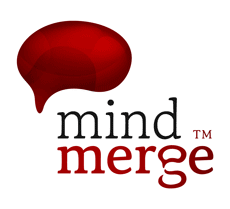Best Practices in Food Housekeeping
About This Course
This food safety and housekeeping course has been developed by industry experts from across the various food safety disciplines to provide participants with the knowledge and skills necessary to help ensure safe food in any retail environment – as a quality assurance or quality control manager, a facility manager, a food-safe chemical supplier, or as a regulatory inspector/investigator.
Module 1: Types of Hazards:
– Microbiological.
– Chemical
– Physical
– Allergens.
Module 2: Principles of Food Housekeeping:
– Conduct a hazard analysis
– Determine crticial control points.
– Establish Critical limits
– Establish monitoring procedures
– Establish corrective action.
Module 3: Development of Best Practices
– HACCP Plan:
– Assemble the HACCP team.
– Describe the food and its distribution.
– Develop a flow diagram explaining the process.
– Start analysis.
Module 4: Common Pre-Requisite Programs:
– Facilities.
– Supplier control
– Product equipment
– Cleaning and sanitation
– Personal hygiene
– Chemical control.
– Traceability and recall.
– Pest control.
– Quality assurance procedures.
– Standard operating procedures.
Module 5: Benefits of HACCP:
– Business money-saving in the long-term.
– increased food safety standards
– Compliance with the law.
– Increased food quality standards
– Organized process for safe food production.
Module 6: Types of Records:
– Temperature charts / logs.
– Storage logs.
– Cleaning schedules.
– Pest control logs
Module 7: Challenges of HACCP Implementation:
– Lack of expertise
– Large range of product types
– Limited funding and resources.
Module 7: HACCP Certification Process:
– Proposal/ Application for certification.
– Pre-Assessment.
-Training.
– Document Review.
– Certification Audit.
– Certification.
Learning Objectives
Requirements
- No prerequisite required
Target Audience
- Employees
- supervisors






